Welcome to Week 2 at CERN!
After a whirlwind first week filled with new friendships and encounters with brilliant minds, we explored our problem spaces in greater detail, aiming to craft two innovative ideas for our final presentation at CERN. But before we get there, let’s rewind and explore the highlights of Week 2!
The week commenced with a remarkable visit to the United Nations. We had the privilege of exploring historical artifacts at the UN Palace and even witnessed a live UNHRC session—a refreshing break before another week packed with tech open house calls with ATTRACT researchers.

The CBI A3 squad at the United Nations Headquarters in Genève
Amidst various sessions on technology and presentation tips, we seized the opportunity for a Lotus Blossom session, where we went around looking at what ideas other teams had for an ideation session, with the aim of giving feedback and maybe getting inspired by an idea to utilise it in ours! This allowed us to navigate uncharted territory, gaining valuable insights into the potential of our chosen problem spaces. And then, the real work began as we crafted our final presentations. Let’s dive into our groundbreaking ideas!

Oculus Presenting Their Innovative Ideas
Problem Space 1: Illuminating a Dark Issue
Our attention turned to the staggering environmental impact of artificial light, which contributes to 6% of greenhouse emissions and negatively affects both human health and wildlife. We envisioned a solution—Future Vision. Our solution proposes groundbreaking headsets and car windshields that utilize ATTRACT’s VISIR-2 technology, capturing visible and short-wave infrared light, allowing users to see in the dark without relying on artificial light such as streetlights. Imagine reducing light pollution and electricity consumption while preserving our vision!

Future Vision windshield during the day

Normal car windshield during the night without streetlights

Future Vision car windshield during the night without streetlights
Problem Space 2: Navigating the network overcrowding problem due to overpopulation
As we explored the projected population growth and its implications on communication, we discovered the impending satellite overpopulation in Lower Earth Orbit (LEO). Concerns of collisions, debris, and Kessler’s syndrome prompted us to find a solution. Enter our idea— SWIR-FI —leveraging short-wave infrared rays and CERN’s Structured Laser Beam and VISIR-2 technology for ground-to-ground data transfer. This not only promises increased communication speed but also addresses the growing demand for internet access in densely populated areas, potentially reducing the need for more satellites and mitigating space waste.

SWIR-FI to solve the issues of internet access, speed, and bandwidth in densely occupied areas with high internet demand

As we prepared to bid our farewell to IdeaSquare and our new friends from Mannheim and Melbourne, a touching video montage crafted by the teaching team stirred deep emotions as we reminisced over the unforgettable moments of the laughter, the crazy morning warmups, along with profound moments of our personal growth.
CERN and IdeaSquare stretched our minds, fostering creative and radical thinking. The culmination of our efforts led to a lively celebration at the CERN cafeteria, marked by dancing and reflection. Little did we know that our journey would take an unexpected turn, keeping us eagerly anticipating the next chapter, which we couldn’t wait to share in our upcoming blogs.
Stay tuned for more exciting updates!
Regards,
Nishant, Lauren, Liza, & Priyanka!



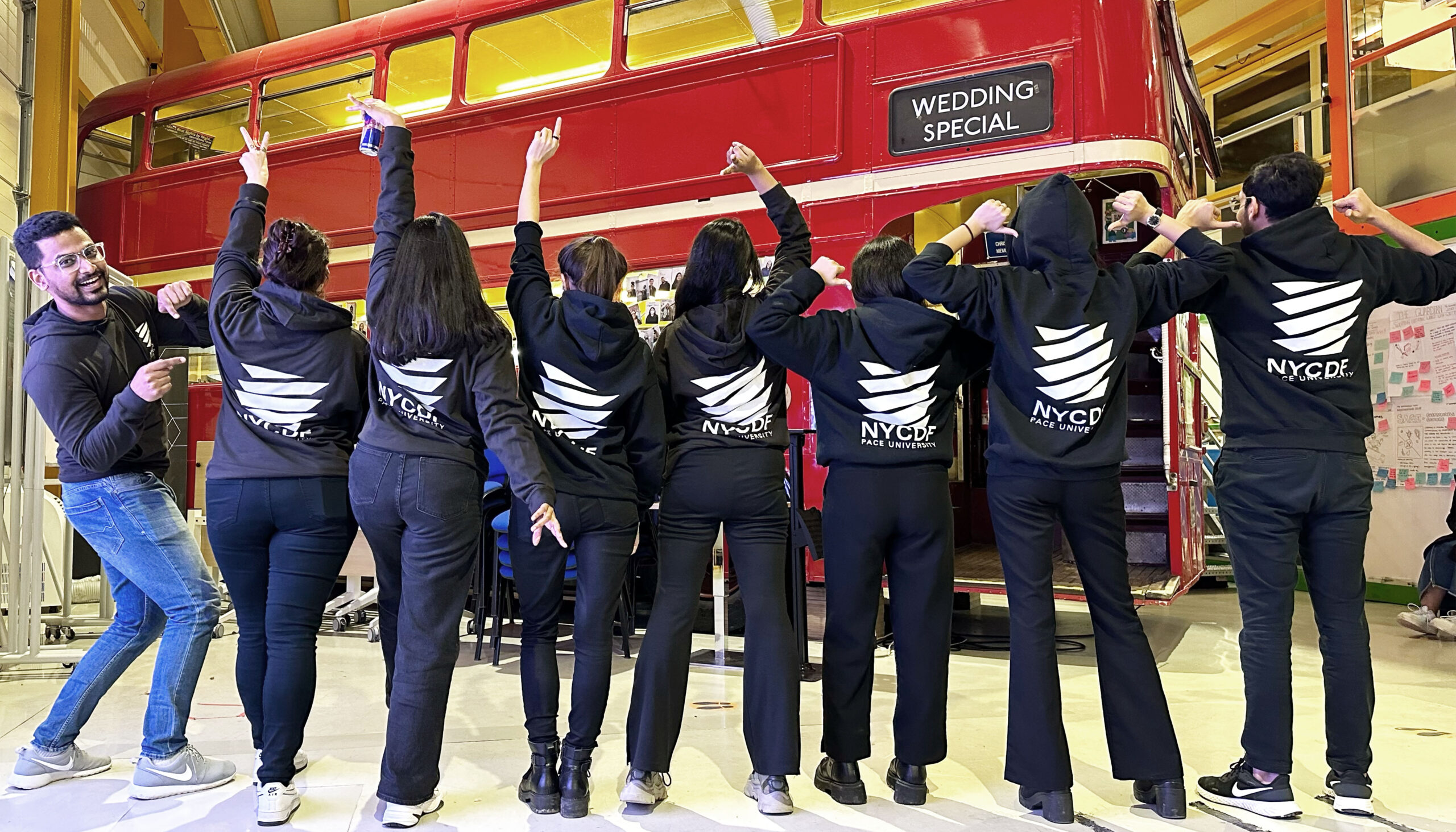
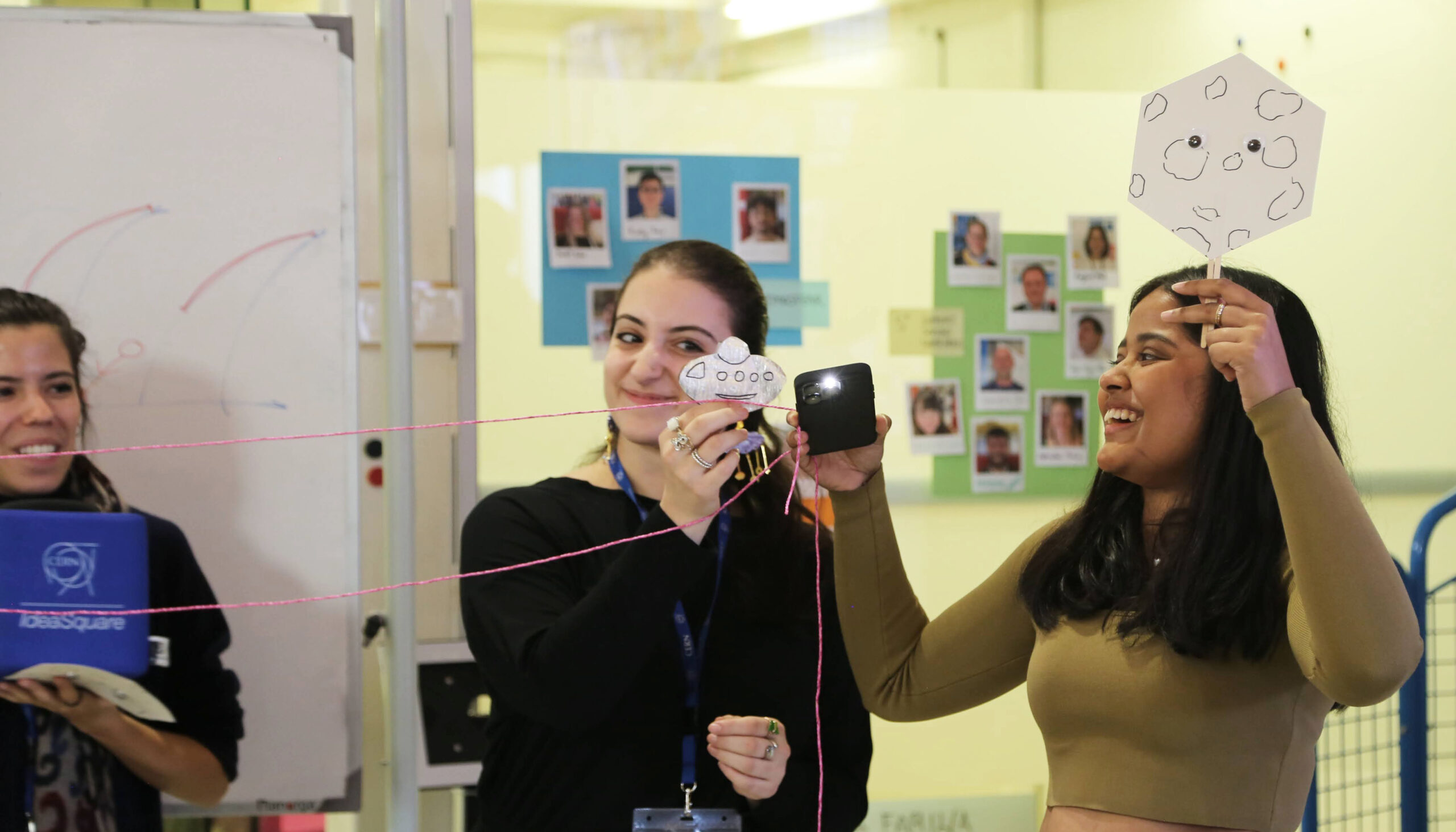
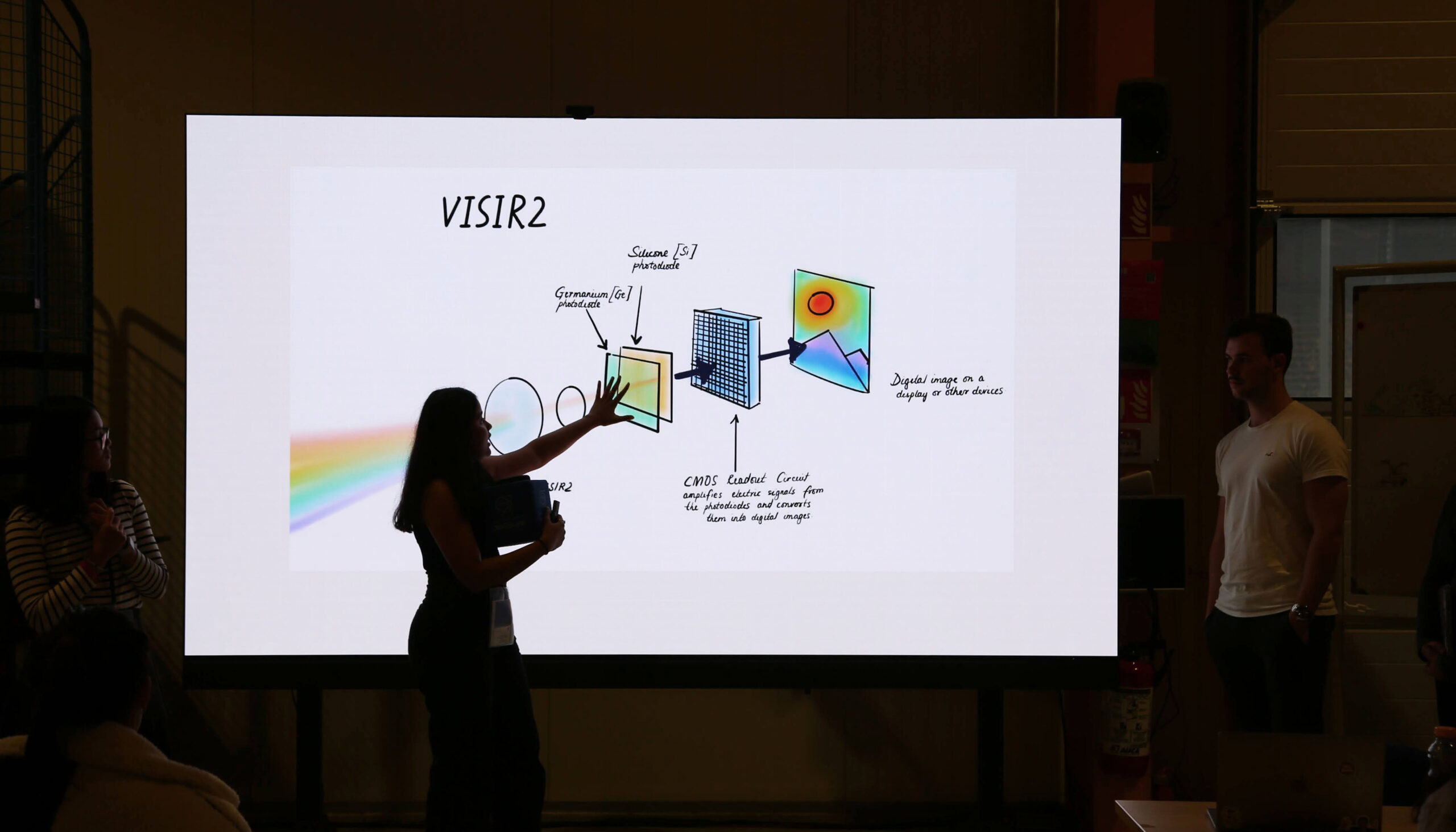



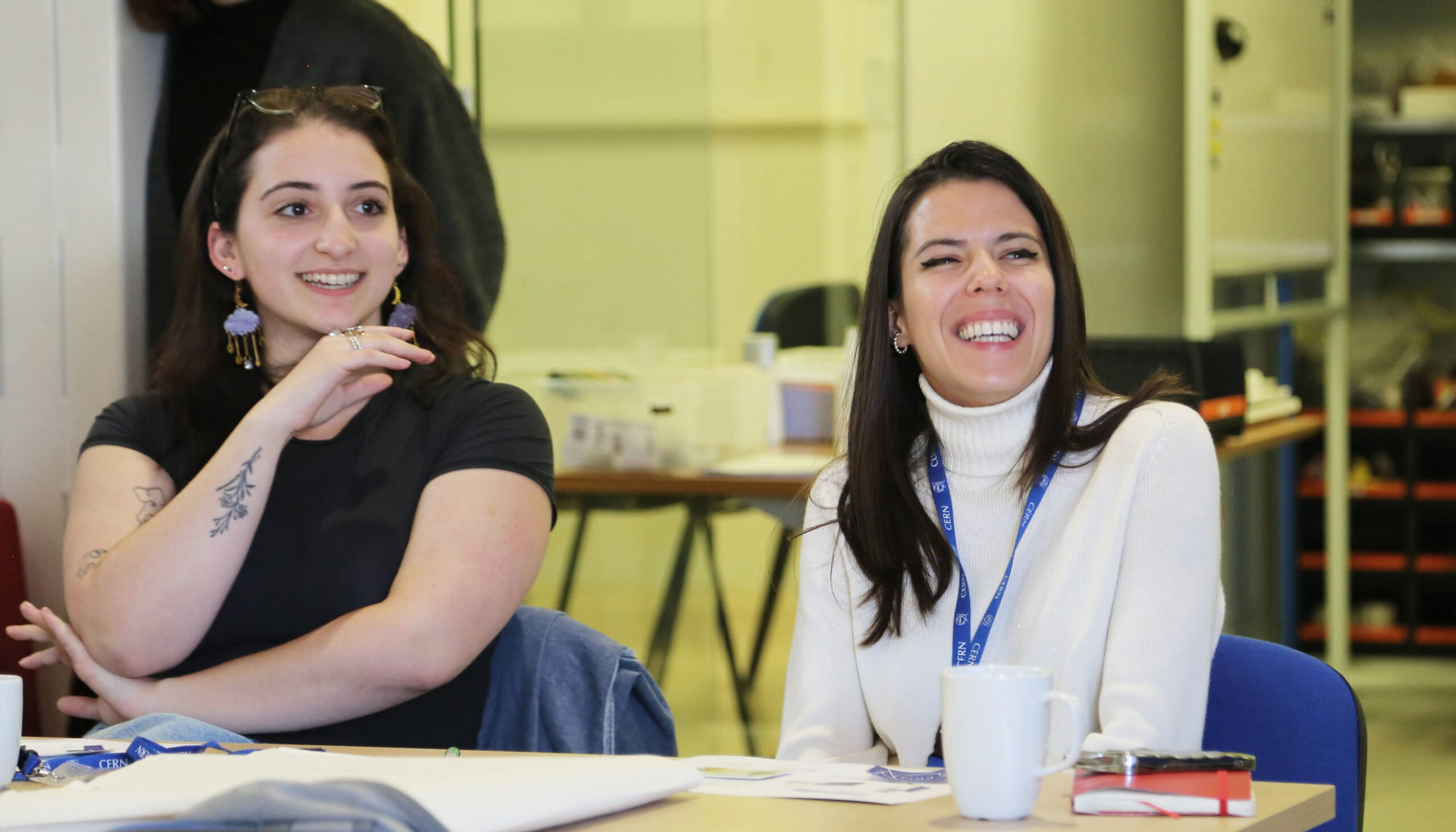

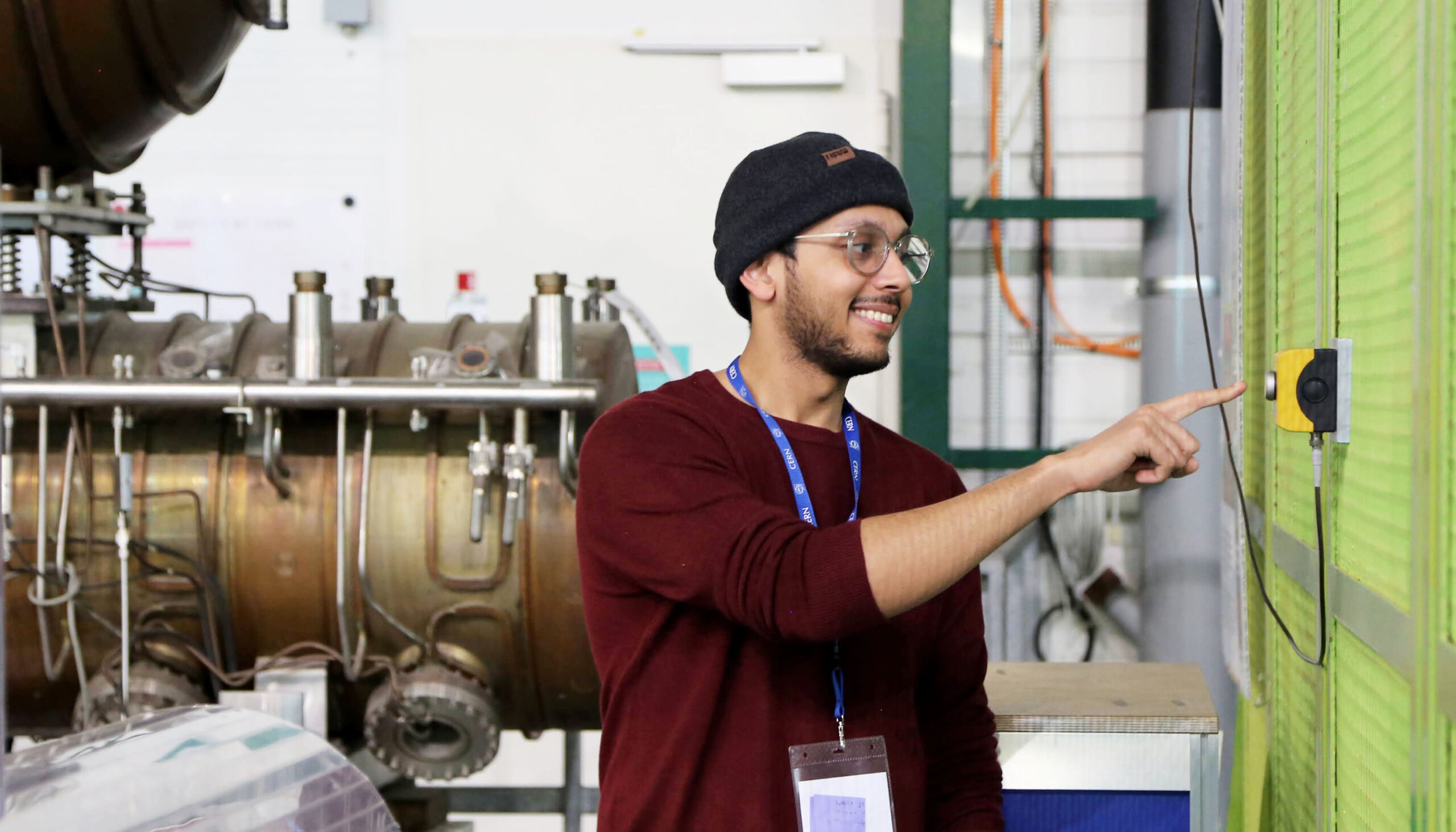
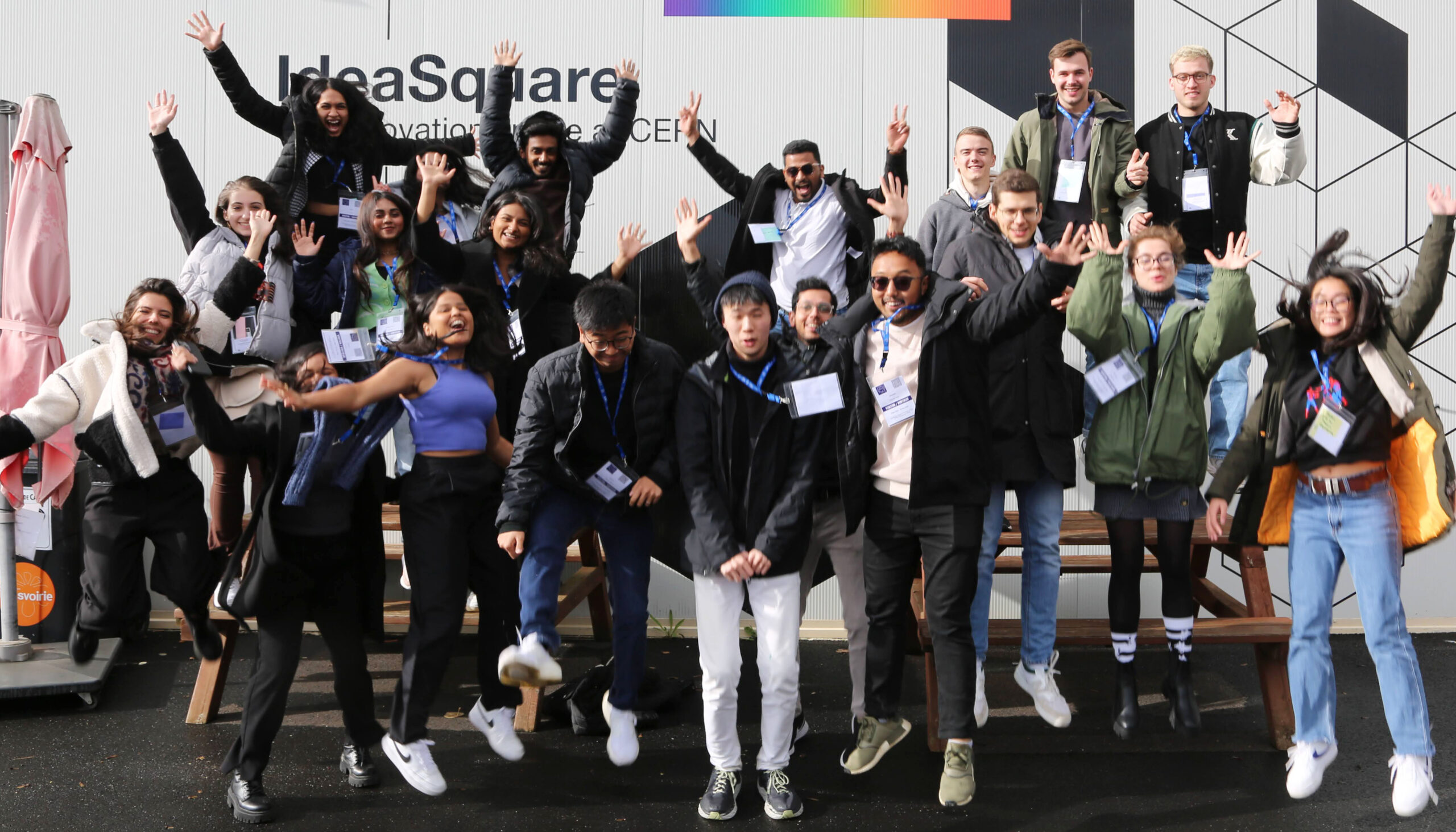
Recent Comments